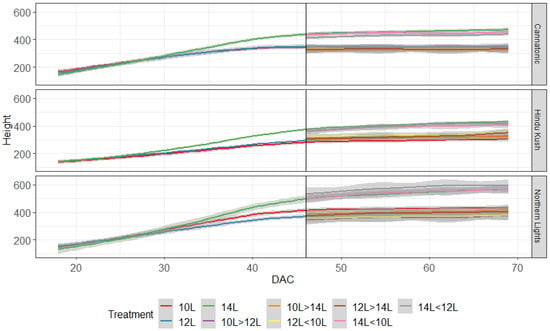Just saying you can have all the tools of modern science, but you might come to the wrong conclusions if you go down the wrong paths to begin with.Why bring up that expression and then reference nasas blurple light if you arent indicating hes unaware? I understand the inconsistencies you may have found with some of his studies regarding high thc cannbis. Id like more details on those if you have them besides this 3 plant study(who did that study and where is that info from?). Id also love to see that same experiment with more than one cbd plant, weve certainly seen how different strains of drug type cannabis behave very differently. Ive been growing high thc cannabis for over 20 years. I still have had many ah ha moments and realizations through his very detailed courses with royal heins and mitch wesmoreland. His light meter was an extremely helpful tool so im glad i bought what hes selling there. They do have a meter for UV-A https://www.apogeeinstruments.com/uv/
And im just curious, are you also a salesman? Iirc correctly you do sell Led lighting, do they happen to feature UV diodes?
There's a link to the study right before my post.: https://www.icmag.com/threads/led-and-bud-quality.18123147/post-18514680
I was talking about a PAR meter that has full sensitivity into the UVA range.
I design LED grow lights yes, am affiliated with Grow Lights Australia, and we have 405nm diodes in our spectrum that bleeds into the UVA range. There is 1% UVA in them. You could consider me a salesman, although I do not personally sell anything.
Last edited:



